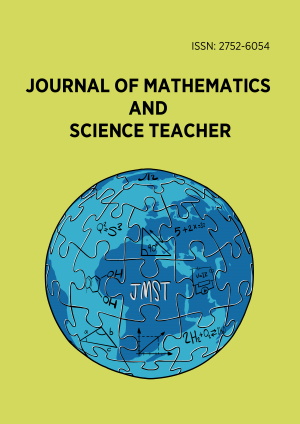Abstract
This research aimed to investigate the relationship between mathematical proficiency and learning agility among high school students in Southern Thailand. The research focused on grade 10 students from two secondary schools in Surat Thani Province during the academic years 2021-2023, with a total sample of 363 students selected through purposive sampling. Mathematical proficiency was assessed through students’ academic performance in mathematics, while learning agility was measured using Hallenbeck’s (2016) framework, comprising four dimensions: seeking, sensemaking, internalizing, and applying using mathematics test. For data analysis, the research employed quantitative methods, including mean, standard deviation, independent samples t-test, and Pearson’s correlation coefficient. The study revealed that students generally demonstrated high levels of learning agility. No significant differences in learning agility were found between the two schools. However, students’ learning agility varied significantly based on their academic achievement (p < 0.05). Furthermore, a moderate, statistically significant positive correlation (r = 0.422; p = 0.002) was found between learning agility of applying dimensions and mathematical proficiency. These findings suggest that students with higher mathematical proficiency tend to exhibit stronger learning agility, enabling them to understand and apply mathematical concepts more effectively.
License
This is an open access article distributed under the Creative Commons Attribution License which permits unrestricted use, distribution, and reproduction in any medium, provided the original work is properly cited.
Article Type: Research Article
Journal of Mathematics and Science Teacher, Volume 5, Issue 4, 2025, Article No: em087
https://doi.org/10.29333/mathsciteacher/16859
Publication date: 01 Oct 2025
Online publication date: 03 Sep 2025
Article Views: 1054
Article Downloads: 488
Open Access References How to cite this article
 Full Text (PDF)
Full Text (PDF)